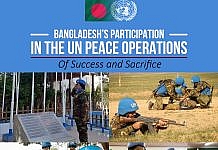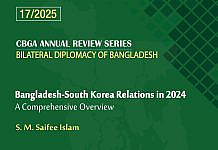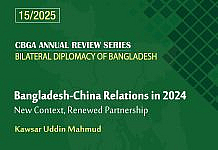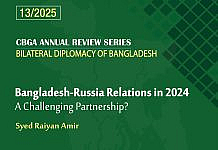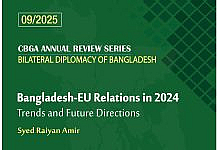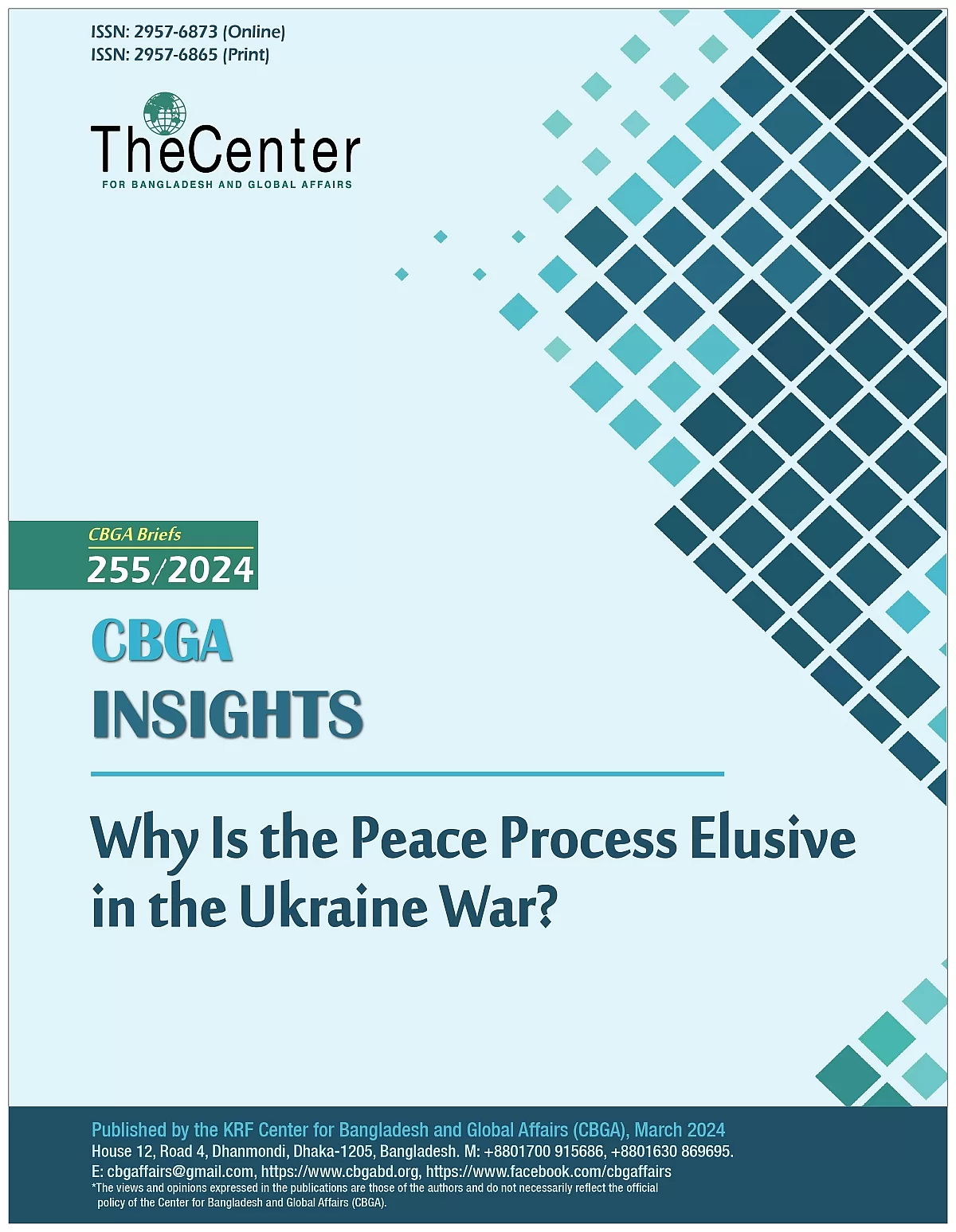
The destruction of innumerable towns and cities, the tens of thousands of dead and injured soldiers in both Russia and Ukraine and the displacement of millions of people are the price of a war that after two years is still far from being resolved. Inflation, global energy shortages, and hunger in many developing nations should all be considered. As the full-scale fight in Ukraine enters its third year, it leaves international politics more polarized and wrangled than ever before. Nevertheless, the prospect of peace still seems elusive.
In modern history, no nation has faced the combination of military and non-military actions that Russia is currently facing in Ukraine, Europe, and other parts of the world. These actions are part of a campaign of pressure and sanctions aimed at forcing Russia to submit politically and militarily. However, with the capture of Avdiivka, a strategic stronghold in the Donetsk region, Russia appears to have the upper hand as the full-scale conflict in Ukraine approaches its second anniversary, placing Kyiv and its supporters in an even more precarious situation. On the flip side, the year 2023 began with great expectations for Ukrainian forces preparing a counteroffensive against Russia but ended with disappointment on the battlefield. This year appears to be full of uncertainties and shifting alliances in the turbulent arena of the conflict between Russia and Ukraine. Nevertheless, there are no indications that the two nations, who are still dedicated to advancing military operations, will begin peace negotiations.
The “Ukraine Fatigue,” a result of the two-year conflict, is now affecting Western countries, and as a result, opinions on giving the country more support are divided. The West’s ability to concentrate on Ukraine, especially the US, has been further dwindled by the ongoing Israeli-Palestinian conflict. Therefore, the course of the conflict will be determined by the impending presidential elections in the United States and Russia, the amount of aid that Ukraine can receive from the West, and the volume of troop replenishment for both countries.
Declining Western Support
More aid to Ukraine has already suffered due to the ongoing US election campaign. Currently, right-wing Republicans in the US Congress are blocking a 60-billion-dollar aid package to Ukraine. American officials acknowledged that little could be done before the country’s presidential election. The EU nations reached an agreement at the start of February to give Ukraine 50 billion euros, or roughly 54 billion US dollars, in support after Hungary withdrew its threat of a veto. In November, Italian Prime Minister Giorgia Meloni said about the Ukraine issue: “There is a lot of fatigue. We are near the moment in which everybody understands that we need a way out.”
However, the West doesn’t want to pass up this chance to undermine Russia and keep intensifying the fighting and making money off of it. The U.S. defense industry has seen a surge in orders for weapons and munitions in the two years of the conflict. According to recent data from the State Department, the US made major arms deals totaling over 80 billion dollars in the year that ended in September, with roughly 50 billion of those deals going to allies in Europe, more than five times the historical average. The main agenda of discussion at the recently concluded Munich Security Conference remained boosting military assistance to Ukraine. Furthermore, the largest military exercise in decades, “Steadfast Defender 2024,” was launched by the North Atlantic Treaty Organization last month and is believed to be targeted at Russia. The ultimate objective is to strategically weaken Russia so the Russian people to remove Putin from office in the upcoming March presidential election. However, the fact that Slovakia, Poland, and Hungary have stopped providing military assistance to Ukraine indicates that the US policy is failing.
The desire for peace at home and the pursuit of war have trapped Ukraine. The harsh reality of a divided population is reflected in the Ukrainian government’s demands for the immediate withdrawal of Russian forces and the recognition of Ukraine’s borders with Russia by the international community. The impending US presidential election in November is the key factor influencing US policy toward Ukraine. Recalibrating the geopolitical chessboard and redirecting US military and strategic resources to the Asia-Pacific region could result in a dramatic shift in US support for Ukraine, should former US president Donald Trump or his endorsed candidate win the election. Even worse, the European Parliament elections in June run the risk of sparking a rise in far-right parties and deepening divisions within the EU because the US and EU supported Ukraine.
Unreachable Peace
Both Russia and Ukraine have repeatedly said they want the war to end but on their terms. In January, Ukrainian President Volodymyr Zelensky warned that a ceasefire then would only give Russia the chance to regroup and replenish its units and weapon stocks. For its part, the Kremlin said in December that it saw no current basis for peace talks, and called Kyiv’s peace plan an “absurd process” as it excluded Russia. A negotiated solution in 2024
does not look promising at this point. Furthermore, Ukraine’s severe economic crisis has made matters worse, not the least of which is the fact that by November 2023, the nation’s national debt had risen to $136.35 billion. A perfect storm of difficulties will arise as a result of the economic strains, making it difficult for the government to give the Ukrainian armed forces the necessary logistical support.
On the other side of the chessboard, Russia views Ukraine as an internal matter in addition to a piece on the geopolitical chessboard. Despite early anti-war protests in Russia, the country’s leadership has been successful in swaying public opinion to support its actions against Ukraine. Furthermore, Putin’s reelection as Russian president in March is anticipated by most, setting the stage for a more assertive and daring Russia. The path ahead is not without difficulties, though. Russia continues to encounter opposition to its proposal to “reclaim” southern Ukraine to create a land route between “Transnistria,” a land strip that separates Moldova and Ukraine, and “New Russia,” a sparsely populated area south of Russia. Additionally, if Ukraine begins to show signs of retreat, Western support may shift, entangling both parties in a longer conflict which hinders the plausible peace process.
Peace appears as far off as ever as Ukrainian forces fight to drive Russia off their land and a beleaguered west falter. Furthermore, the West is perceived as having dubious moral superiority and is drawing undue attention to itself due to the Gaza conflict in addition to monopolizing global attention. Early in the year, Ukraine hopes to host a peace summit that could lead to further negotiations with Moscow. It’s unclear, though, at what point Russia would be invited to join. Nevertheless, given that Russia has consistently rejected Zelenskyy’s peace plan, persuading it to join the negotiation table will not be simple.
Wooing the South
Another crucial fact is that gaining the backing of nations that are still undecided, especially those in the global south, is one of the deciding factors in the Ukraine war. Countries in the global south are the worst sufferers of the Ukraine war due to the ongoing energy crisis and skyrocketing inflations. especially. After all, the conflict has a significant impact on their food security, national development goals, and other factors, and it coincides with the COVID-19 pandemic. However, most of the countries are trying to maintain a policy of nonalignment in the Ukraine crisis. Emerging voices from the global south especially Bangladesh, India, China, Turkey, and Brazil are necessary as they are advocating in favor of ending the Ukraine crisis The global south should be also included in the peace talks between Russia and Ukraine at least considering the adverse effects they have to face due to the war.
Given the recent developments, a cease-fire appears like a far-off dream and comprehensive peace is like a mirage on the geopolitical horizon. The geopolitical tug-of-war between Russia and the West is intrinsically linked to the protracted conflict. In this geopolitical game of high stakes, neither side is willing to give up. Consequently, the prospects of Ukraine remain uncertain. The confrontation also demonstrates how Russia and the West, led by the US, are engaged in a zero-sum game that makes it challenging for either side to reach a compromise.
– Saume Saptaparna Nath is a Research Associate at the KRF Center for Bangladesh and Global Affairs (CBGA). She is on Study Leave for Pursuing Her Higher Studies in Japan.


